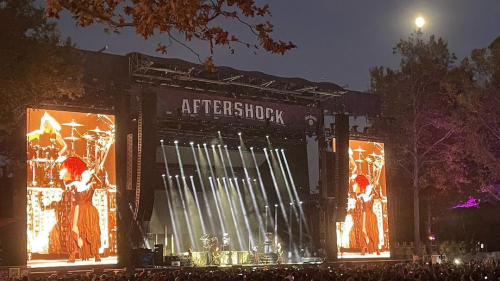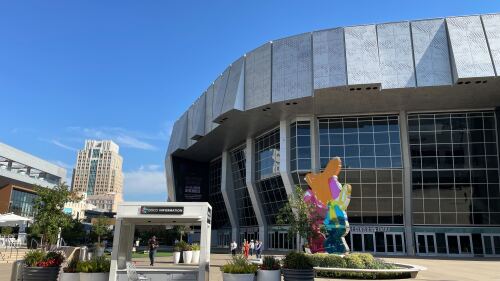One of the great things about city parks is how they can offer a break from the hustle + bustle of our daily lives, from morning commutes to weekly adventures in grocery shopping. Similarly, exploring local history helps root us in place, helping us understand how things that make up the city we love even came to be in the first place.
With that in mind, we want to take a leisurely stroll through the history of the Grid’s largest green area at ~20 acres: Southside Park. We will be taking a birds-eye-view of the park’s biggest talking points to encourage your own walk through history if you so choose — or to help you impress your friends with surprising local trivia.
🌱 Southside’s origins
- In the 1800s, before the park was built, the area was little more than a swampy marsh and a city dumping ground.
- The city purchased the land in 1906 for $19,000.
- The original construction finished in 1913 featured lawns, trails, recreational facilities, and a large pond — much like how it is today.
✏️ Southside’s design
- The team who designed the park also worked on San Francisco’s Golden Gate Park.
- Indicative of Progressive Era urban planning, the park was meant to stimulate residential growth in the area, which came to pass.
🌳 Southside’s significance
- It was entered into the National Register of Historic Places in 2017.
- It was the terminus for the 1966 United Farm Workers March led by Cesar Chavez.
- Rich with social history, the park has played host to countless historical events such as the California centennial in 1939.
Did we miss your favorite Southside fact? Stroll on over + let us know.












